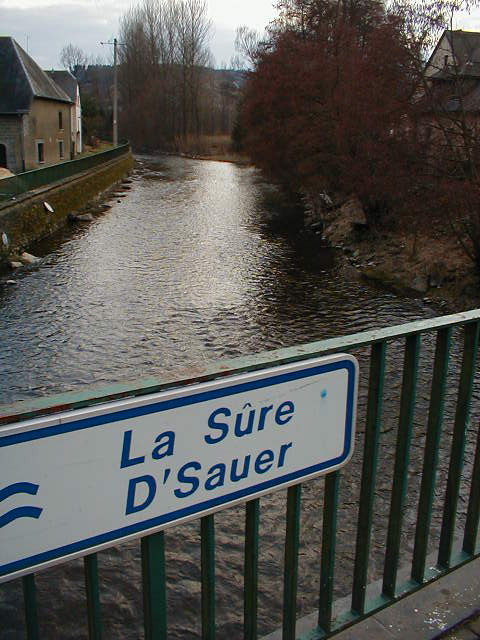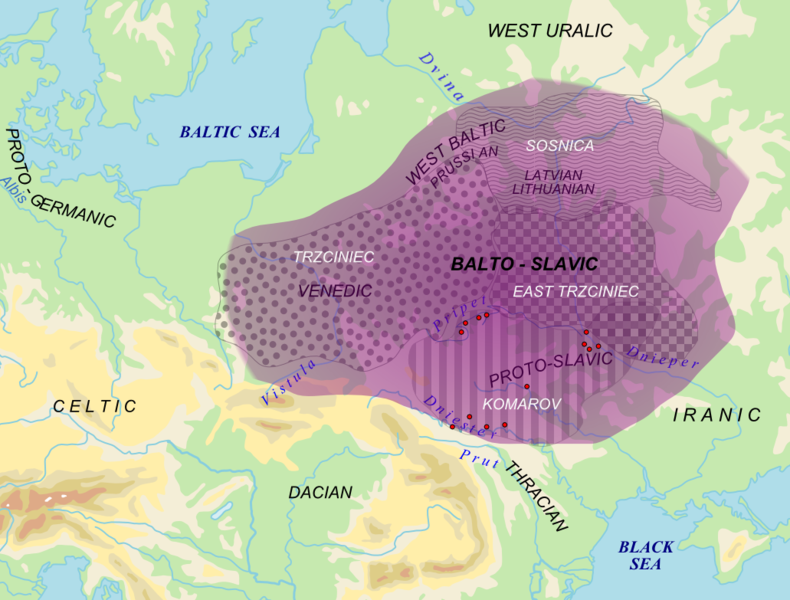How to get URL link on X (Twitter) App

 #Hydronym and #hydronomastics both derive from Ancient #Greek ὕδωρ / húdōr (water) + ὄνομα / ónoma (name).
#Hydronym and #hydronomastics both derive from Ancient #Greek ὕδωρ / húdōr (water) + ὄνομα / ónoma (name). 

 As the #Slavic-speaking area expanded during the first millennium CE (striped area on map), Proto-Slavic transitioned to Common Slavic. The #language underwent minor changes that occurred mostly uniformly across eastern #Europe, thereby maintaining mutual intelligibility.
As the #Slavic-speaking area expanded during the first millennium CE (striped area on map), Proto-Slavic transitioned to Common Slavic. The #language underwent minor changes that occurred mostly uniformly across eastern #Europe, thereby maintaining mutual intelligibility. 

 Until the 8th century, #Germanic #languages, including Proto-#Norse, were written in Elder Futhark, the earliest #runic #alphabet.
Until the 8th century, #Germanic #languages, including Proto-#Norse, were written in Elder Futhark, the earliest #runic #alphabet.https://twitter.com/linglore/status/1114082506431709184

 ~1.5K #Quinault people live in western #Washington, 🇺🇸#USA. The Quinault (Kʷínaył) #language belongs to the Coast #Salish branch of the #Salishan family of #languages. It has no known native speakers left, as the population has shifted to #English.
~1.5K #Quinault people live in western #Washington, 🇺🇸#USA. The Quinault (Kʷínaył) #language belongs to the Coast #Salish branch of the #Salishan family of #languages. It has no known native speakers left, as the population has shifted to #English. 
